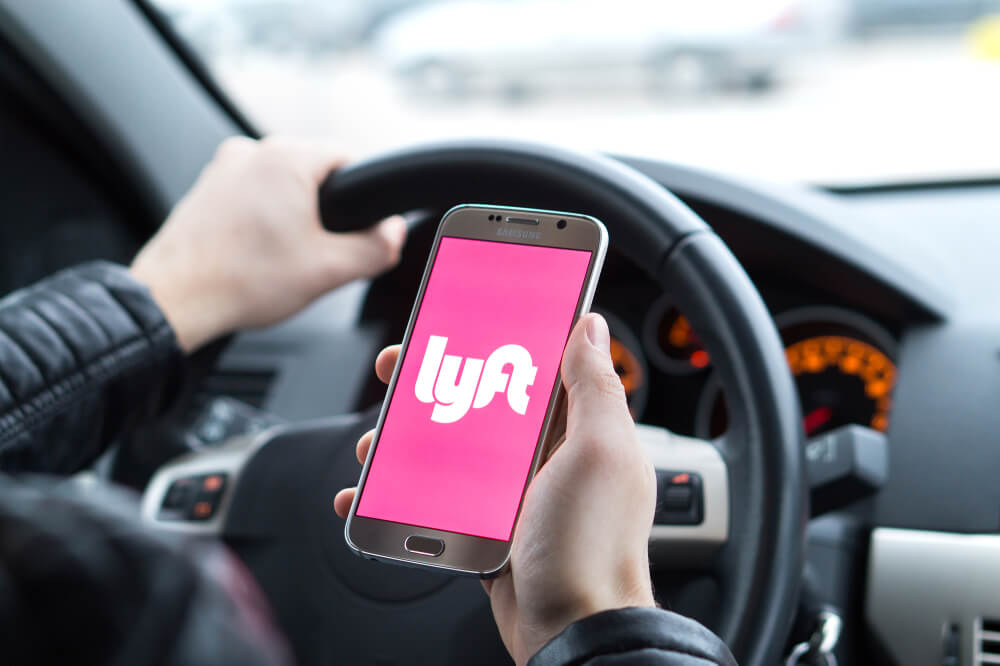Initial public offerings (IPOs) are a risky business.
In times of economic growth, you can find real bargains in newly listed companies. In times of economic uncertainty, like we have now, you’re only putting your investment capital at risk.
Lyft Inc. (Nasdaq: LYFT) is a prime example. The ride-sharing company enjoyed considerable hype during it’s seven-year period as a non-publicly traded company.
Lyft and its competitor Uber disrupted the long-standing taxi market, which had neared effective monopoly levels.
The disruption created a massive influx of customers, much in the way that Netflix disrupted the traditional brick-and-mortar movie rental and cable TV businesses. This, in turn, led to more hype surrounding Lyft and Uber.
In fact, the hype ballooned so much that speculators began betting that millennials and future generations would forego vehicle ownership altogether, with Lyft-type services becoming the norm.
This particular nugget was fueled by the fact that millennials were already shying away from car ownership, driven in part by a desire to be more “green” in their lifestyles.
Furthermore, Lyft’s and Uber’s experiments with self-driving further fueled the hype by positioning both companies as growing tech prospects.
The end result was disastrous for Lyft’s IPO. Already oversubscribed due to market hype, Lyft IPO’d at $72 per share — up sharply from initial estimates of $62 per share. The rush to get in on this “tech IPO” pushed LYFT stock to a whopping $88 per share on it’s first day of trading.
Then … reality set it. Americans, millennials or not, are never going to give up their automobiles. What’s more, environmentally conscious consumers have a growing list of alternatives that could offset their dependence on ride-sharing companies like Lyft and Uber.
Michael Ward of Seaport Global Securities summed up Lyft’s situation in a research note earlier this week:
“In order to justify its current market valuation, investors need to take a big leap of faith that the millennials and later generations will forego ownership of a car and opt instead for reliance on a ridesharing service … Despite the optics of vehicles being an underutilized asset, we believe people will continue to own their own vehicles as primary transportation and instead rely on the ridesharing services as a convenient supplement.”
Ward initiated LYFT with a sell rating and a $42 price target — roughly 42% below LYFT’s IPO.
That’s quite a harsh assessment, but it’s not far off the mark from the company’s last funding round before its initial public offering.
Given the growing opportunities for consumers wishing to go green or lessen their reliance on vehicle ownership, Lyft has a bit of an uphill battle. In that sense, Ward’s analysis is spot on.
However, the real opportunity here is the company’s push toward a fleet of self-driving cars. And while that dream is a long way off, the possibilities are helping to inflate LYFT’s stock price.
In my opinion, LYFT is a long-term buy on this prospect alone — but not at these prices. Investors would do well to hold off on snapping up shares until the stock pulls back to a more reasonable valuation after all the IPO hype finally dies down.




